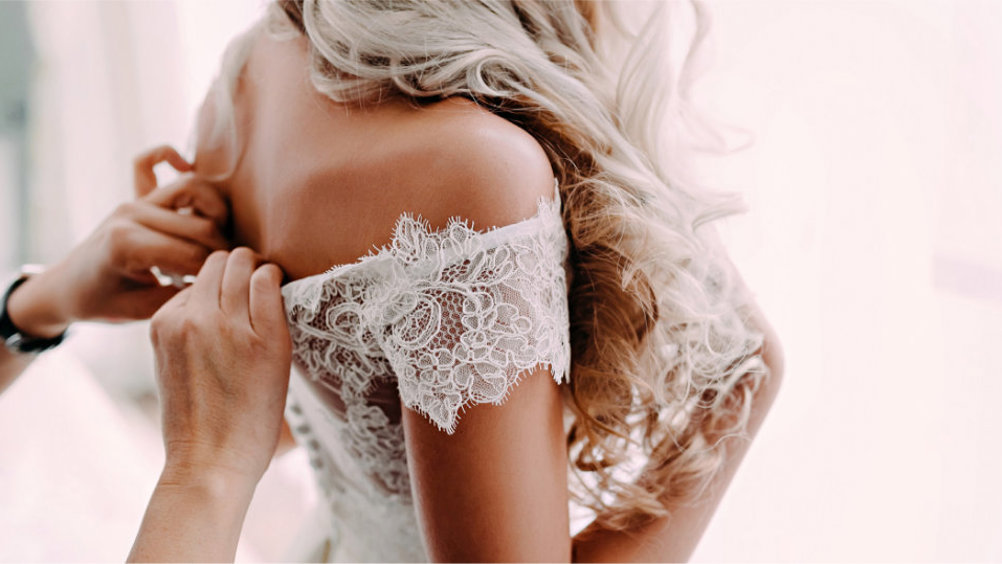References
A qualitative exploration of pre-wedding body image concerns in UK brides

Abstract
This is the first study in the UK to explore pre-wedding body image concerns and experiences. There were 134 participants who took part in either an online survey or a semi-structured interview. The overarching theme developed after reflexive thematic analysis of the data captured the body image expectations and pressures experienced in the run up to a wedding. These pressures and expectations came from a variety of sources but particularly as a result of perceived and/or experienced judgement from others, including those attending the wedding, and the wedding industry itself. Many brides intended to lose weight in preparation for the day, and not meeting weight-loss targets had significant implications in terms of feelings, emotions and behaviour. Findings have important implications for professionals who work in the aesthetic industry and come into contact with individuals who present with weight and/or other appearance related concerns.
According to the Office of National Statistics, there were 278 599 weddings in the UK (including 6 728 same-sex marriages) in 2019. Weddings present a very positive but often stressful life event, with body image being identified as a particularly stressful factor (Prichard and Tiggemann, 2008). Body dissatisfaction is common, particularly in Western society (Tiggemann, 2011), with statistics from a 2019 survey (Mental Health Foundation, 2019) indicating one in five adults had felt shame in relation to their body image in the previous year. Body dissatisfaction can have wide-reaching negative implications, including low self-esteem and depression (Paxton et al, 2017), being an identified risk factor for disordered eating (Stice and Shaw, 2007) as well as being related to various other health-risk behaviours such as smoking (King et al, 2005) and sunbed tanning (Prior et al, 2014).
Register now to continue reading
Thank you for visiting Journal of Aesthetic Nurses and reading some of our peer-reviewed resources for aesthetic nurses. To read more, please register today. You’ll enjoy the following great benefits:
What's included
-
Limited access to clinical or professional articles
-
New content and clinical newsletter updates each month


